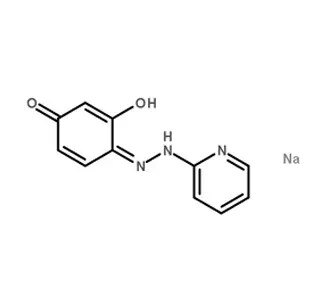
Search

Search

The fungal alpha amylase is a food-grade alpha amylase produced by fermentation of Aspergillus oryzae. It can be used for starch saccharification (liquefaction) and saccharification (glucose and maltose release). The fungal alpha amylase is an endoamylase that can rapidly hydrolyze the (a-1,4-glycoside) linkage in gelatinized starch, straight chain starch, and branched chain starch in water-soluble solution. Starch converted by liquefaction and fungal alpha amylase L-40000 generates high maltose and low glucose content syrup. These high maltose syrups have relatively low viscosity, exhibit a tendency to crystallize and have a high level of fermentability.
The optimal pH range for fungal alpha amylase at 40°C is 4.8-5.4, and it can effectively hydrolyze starch in a pH range of 4.0-6.6 at 40°C. It is most stable in a range of pH 6.0-8.0. If the hydrolysis of starch under unfavorable conditions for enzymes stability is needed, the pH value should be above 5.5. If high reaction rate is the primary goal, pH value should be less than 5.5.
The optimal temperature for this enzyme is 55°C, and it can effectively hydrolyze starch at 45-55°C. If the starch content is high, the hydrolysis ability of this enzyme can function at a temperature below 65°C. Depending on the pH value, the optimal temperature is between 45-65°C.
Several heavy metal ions can inhibit this enzyme. Copper and lead are strong inhibitors. Zinc, nickel, and iron ions can also have inhibitory effects when the content is high.
Fungal alpha amylase can be used to liquefy and saccharify corn, potatoes, cassava, wheat, soybeans, and various starches. Starch with a dry matter basis of no more than 50% can be effectively hydrolyzed. A high starch content (30%-50% DSB) can cause the enzymes preparation to lose activity without having to adjust it to an inappropriate temperature and pH value.
Fungal alpha amylase can be inactivated by maintaining it at 90-100°C for 5-10 minutes. When starch content is high, it can be inactivated at 80°C for about 30 minutes or at 70°C for about 60 minutes. If it is not desired to stop the activity of fungal alpha amylase at high temperature, the pH value can be lowered outside of the usable pH range to inactivate the enzymes. Inactivating the enzymes sometimes requires adjusting the pH value and temperature simultaneously.

Quick Links
Add:
E-mail:
 English
English  Español
Español  français
français  العربية
العربية 


